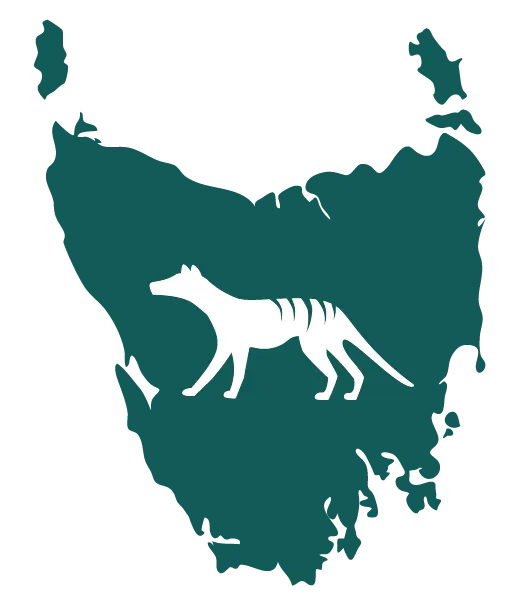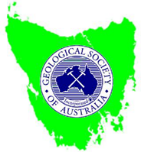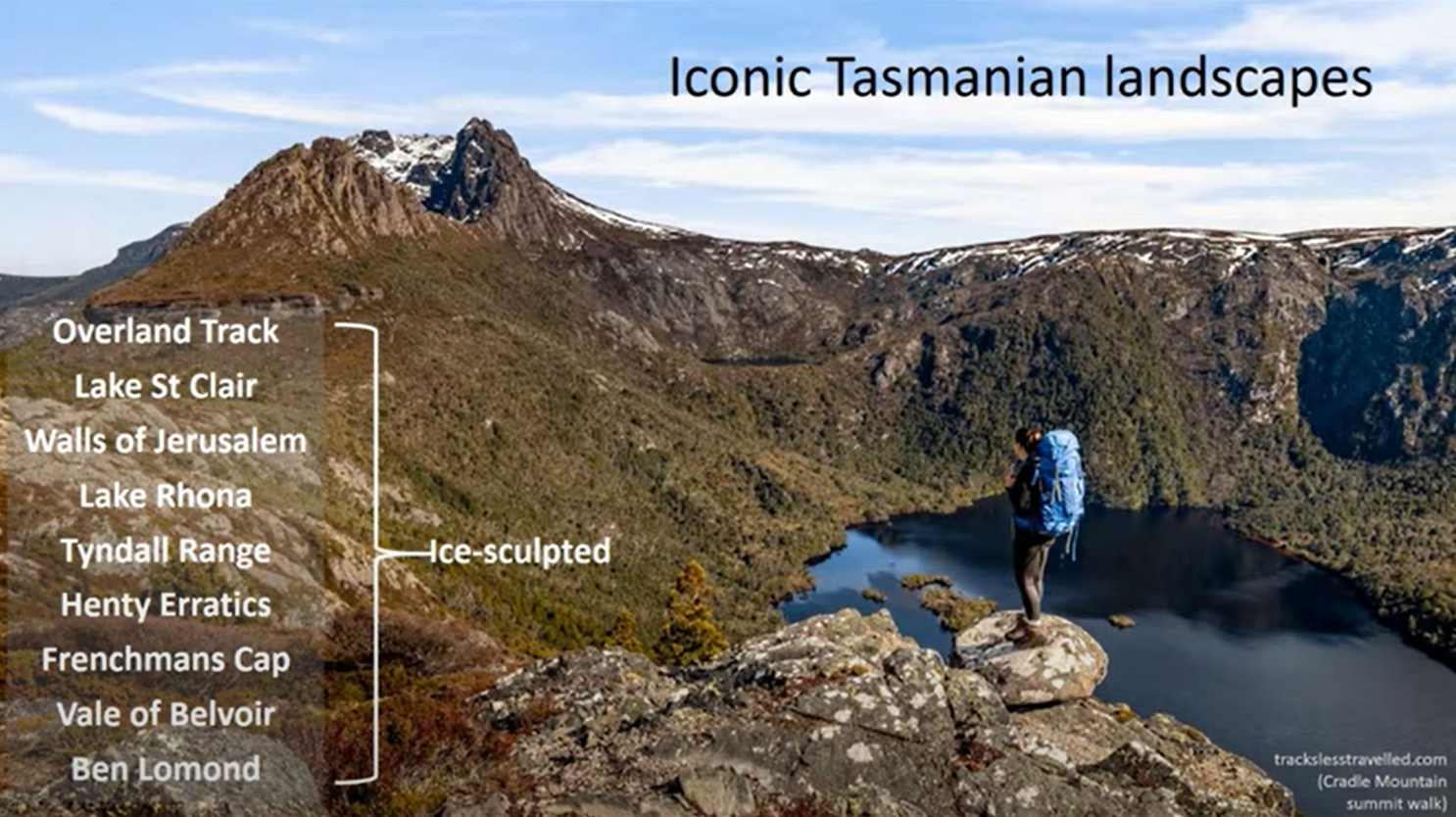
RST Apology to Tasmanian Aboriginal people 2021.

RST Apology to Tasmanian Aboriginal people 2021.

Joint Meeting of the Royal Society of Tasmania Northern Branch and the Geological Society of Australia, Tasmanian Division

Tasmanian landforms and sediments provide the only direct records of repeated glaciation from a tectonically stable landmass in the southern mid-latitudes. They afford key opportunities to understand Earth’s most recent ice ages, including interhemispheric disparities and Antarctica’s influences on Australia. New sites and evolving techniques are expanding our insights on Tasmania’s last few million years of cryosphere fluctuations.


Nick is a geologist and geomorphologist specialising in landslides and glacial records. His expertise in interpreting mountainous landscapes stems from work across western North America, South America, Europe, Central Asia, and the Middle East. Since joining Mineral Resources Tasmania’s Geological Survey Branch in 2019, Nick has been helping to better understand Tasmania’s landscape evolution and consequent natural hazards.

The Royal Society of Tasmania acknowledges, with deep respect, the traditional owners of this land, and the ongoing custodianship of the Aboriginal people of Tasmania. The Society pays respect to Elders past, present and emerging. We acknowledge that Tasmanian Aboriginal Peoples have survived severe and unjust impacts resulting from invasion and dispossession of their Country. As an institution dedicated to the advancement of knowledge, the Royal Society of Tasmania recognises Aboriginal cultural knowledge and practices and seeks to respect and honour these traditions and the deep understanding they represent.

On 15 February 2021, the Royal Society of Tasmania offered a formal Apology to the Tasmanian Aboriginal people.